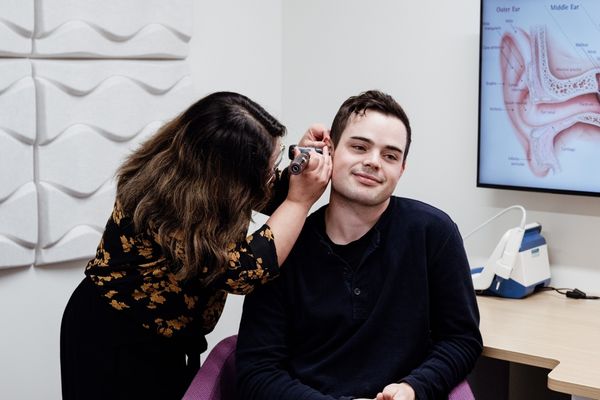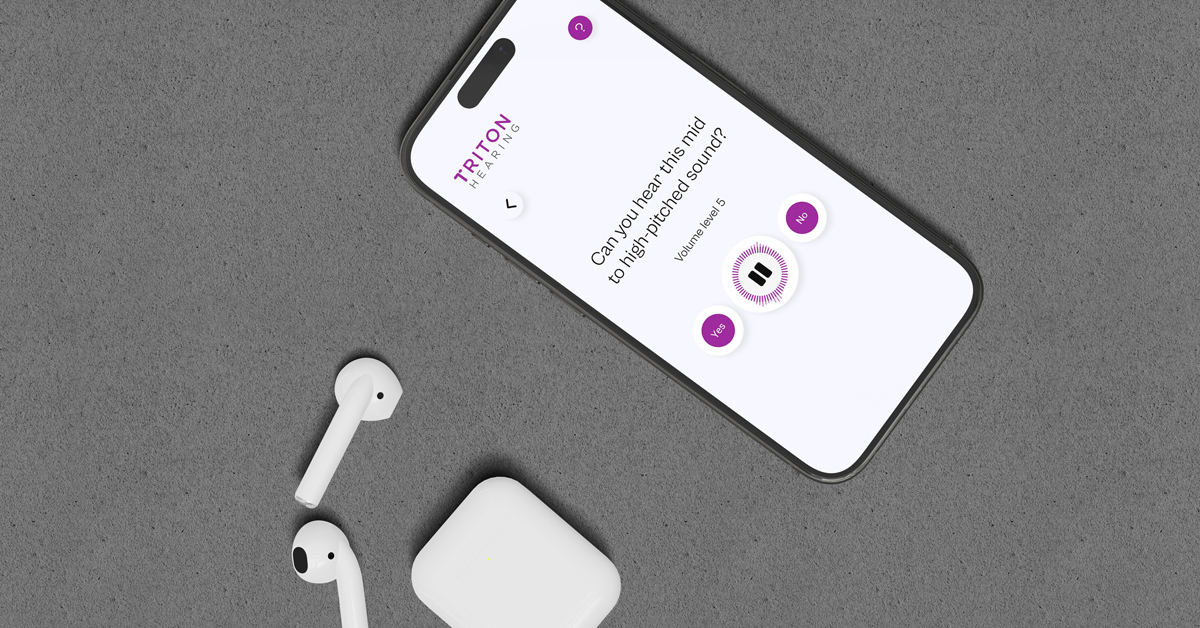How Ears Work
Discover how your ears capture and process sound - from the outer ear to the brain's interpretation of auditory signals.
The Outer Ear
When you look at someone's ear, you’re seeing the auricle and part of the outer ear canal that leads into the head, ending at the eardrum. This is where sound waves first arrive. The auricle acts like a funnel, guiding sounds inward toward the ear canal. Its unique shape naturally amplifies certain sounds, much like a built-in resonator. The design of the outer ear also helps reduce wind noise, making it easier to focus on the sounds that matter.
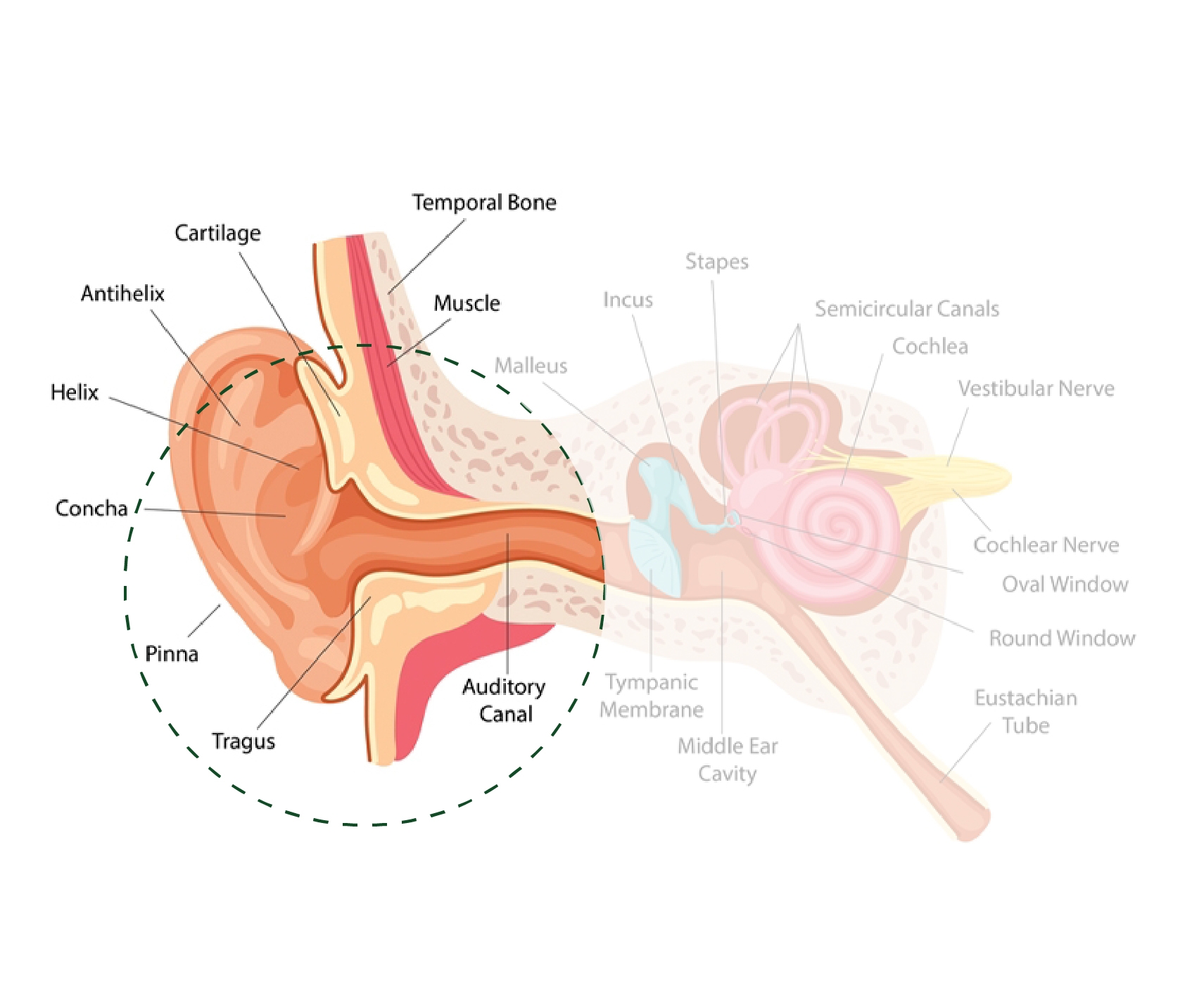
The Middle Ear
Once sound waves travel through the outer ear canal, they reach the eardrum — a thin, delicate membrane that vibrates in response to sound. These vibrations are passed along to three tiny bones in the middle ear: the malleus (hammer), incus (anvil), and stapes (stirrup). Together, these bones amplify and transmit the vibrations deeper into the hearing system. The middle ear also helps to equalise pressure between the outer and inner ear, which is why you might feel a "pop" in your ears during changes in altitude.
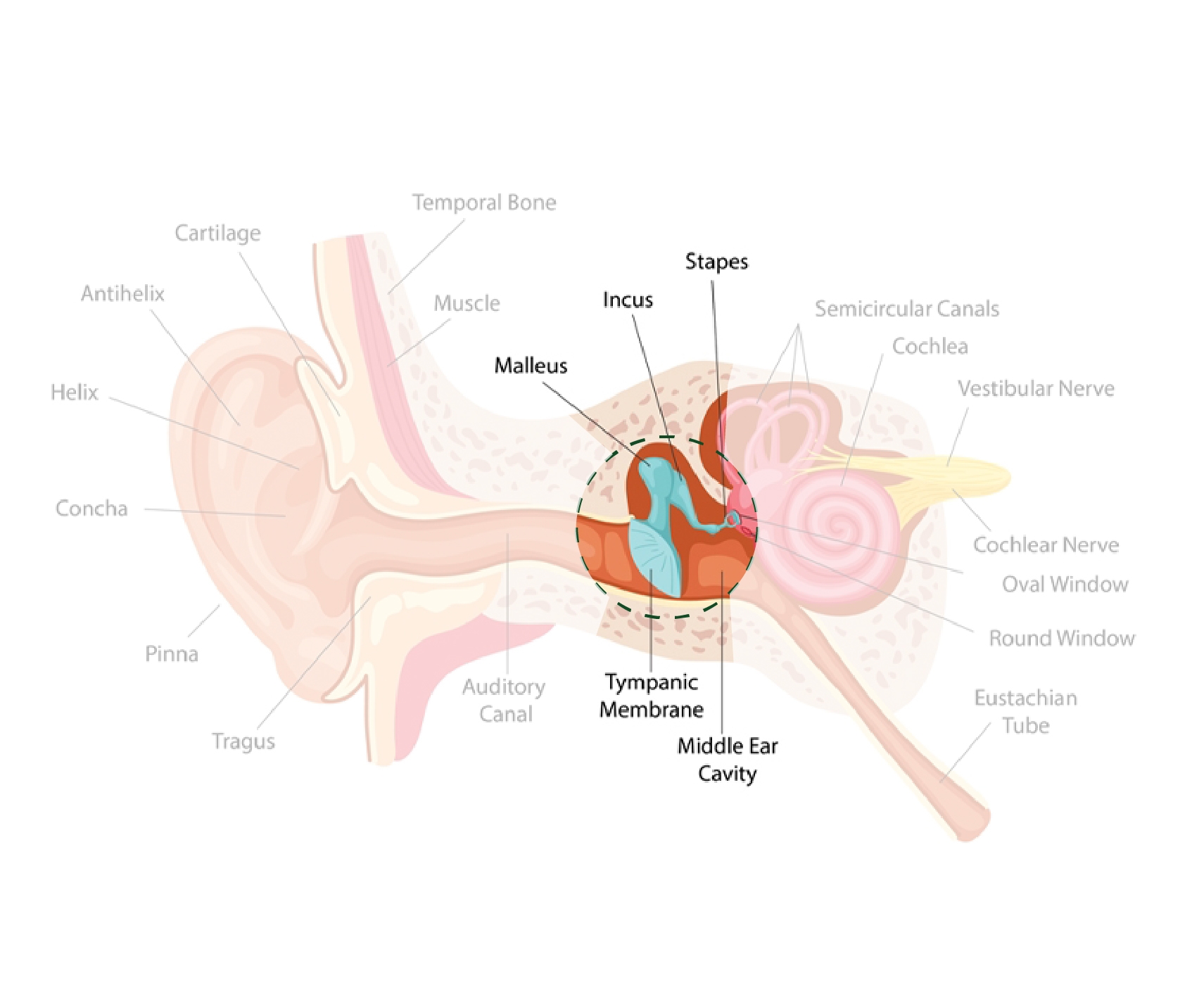
The Inner Ear
The vibrations from the middle ear are passed into the inner ear, where they are transformed into electrical signals your brain can understand. The main structure here is the cochlea — a small, spiral-shaped organ lined with thousands of tiny hair cells. As the cochlea moves with sound vibrations, these hair cells send signals along the auditory nerve to your brain, allowing you to perceive sound. The inner ear also plays a key role in your balance, helping you stay steady and oriented as you move.
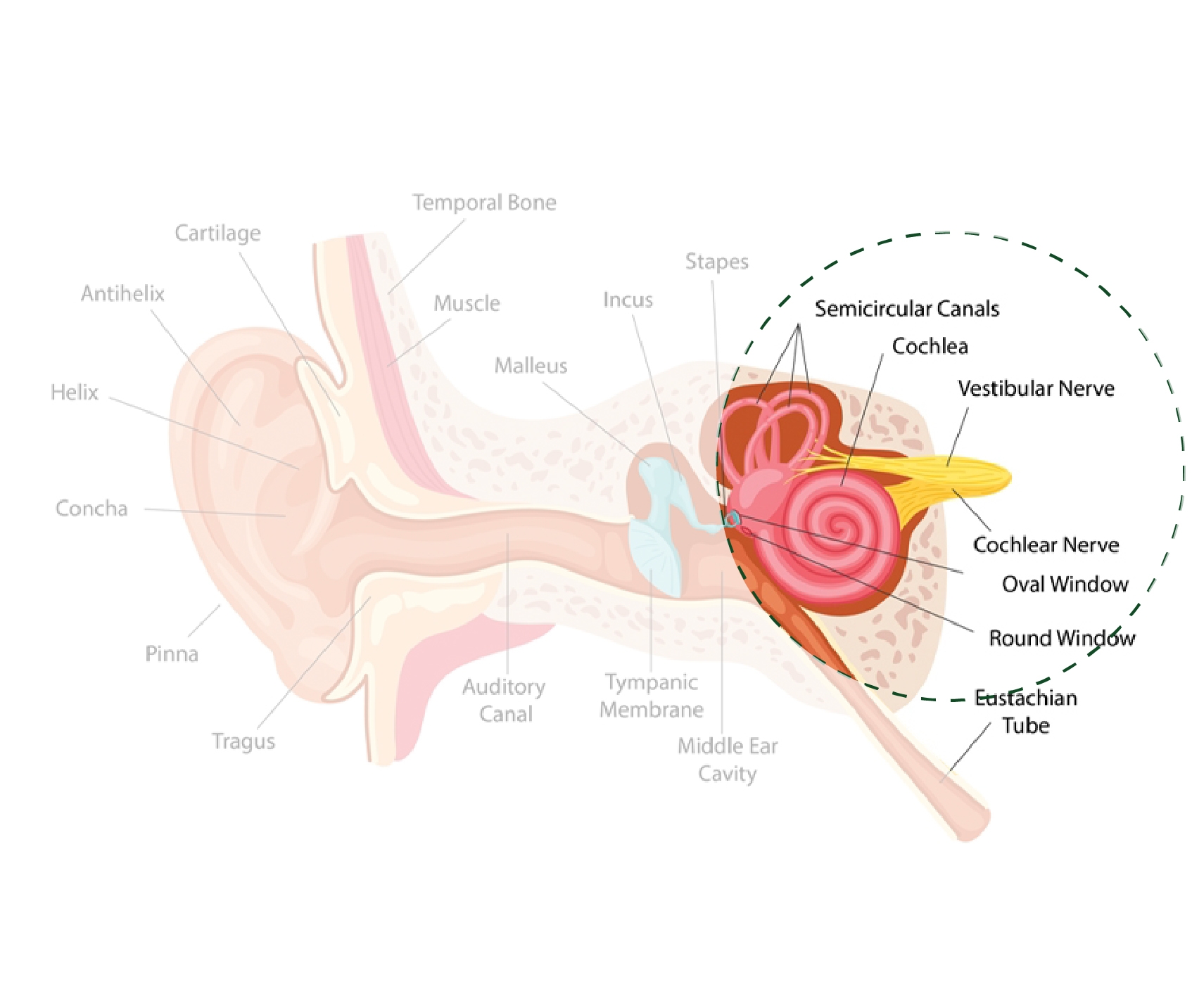
Making meaning from sound
Hearing doesn’t just happen in the ears — it’s your brain that gives sound meaning. Once sound waves are converted into electrical signals in the inner ear, they travel along the auditory nerve to the brain. There, the signals are processed and matched with familiar patterns, helping you understand speech, recognise voices, and stay alert to what’s happening around you.
Air and Bone Conduction
Sound reaches the inner ear in two ways: air conduction and bone conduction. With air conduction, sound travels through the ear canal and moves the eardrum. Bone conduction works differently — sound waves vibrate the bones of the skull, directly stimulating the inner ear. When air conduction is disrupted, devices like bone conduction hearing aids or cochlear implants can help by bypassing the outer and middle ear.
You can count on Triton Hearing for:
- A Better Hearing Guarantee*
- Lifetime Free Care for your devices*
- Friendly staff who listen
- Clear and simple explanations
- Helpful advice without any pressure

